
New Delhi, May 28, 2025 — India’s defense ecosystem achieved a major breakthrough as Defence Minister Rajnath Singh approved the programme execution model for the Advanced Medium Combat Aircraft (AMCA). This approval propels the indigenous fifth-generation fighter jet program into its next critical phase of development.
What is AMCA?
The AMCA (Advanced Medium Combat Aircraft) is India’s flagship fifth-generation stealth fighter aircraft project. Designed by the Aeronautical Development Agency (ADA) under the Defence Research and Development Organisation (DRDO), the AMCA is a twin-engine, multirole stealth fighter that will be capable of air dominance, ground strike, electronic warfare, and intelligence missions.
Key Features of the AMCA:
- Stealth design with reduced radar cross-section
- Supercruise capability (sustained supersonic flight without afterburners)
- Next-gen avionics and sensors
- Internal weapons bay
- Artificial intelligence integration for mission optimization
Rajnath Singh Approves AMCA Execution Model
On May 27, Defence Minister Rajnath Singh approved a new execution model that marks a strategic shift in India’s defense manufacturing policy. Unlike previous models where state-owned Hindustan Aeronautics Limited (HAL) was the default integrator, the new plan allows private defense firms to compete alongside HAL in developing the AMCA.
Why This Matters:
- Encourages public-private partnerships in aerospace manufacturing
- Promotes competition, efficiency, and innovation
- Aligns with the Atmanirbhar Bharat (Self-Reliant India) initiative
- Enhances Make in India capabilities in the defense sector
AMCA vs Global Fifth-Gen Fighters
The AMCA is expected to match global fifth-generation platforms such as:
- F-35 Lightning II (USA)
- Su-57 Felon (Russia)
- Chengdu J-20 (China)
While still under development, Indian defense experts believe the AMCA will offer competitive stealth, avionics, and maneuverability—tailored for subcontinental operational environments.
Production Timeline and Budget
- Estimated budget: ₹15,000 crore (~$1.8 billion)
- Prototype rollout: Expected by 2028
- Induction timeline: Targeted by 2035
- Initial fleet: Around 125 aircraft for the Indian Air Force
Boost to National Security and Defense Exports
The AMCA program is expected to enhance India’s air superiority and strategic deterrence, especially amid regional tensions with China and Pakistan. Furthermore, it opens the door to defense exports, as friendly nations seek cost-effective fifth-generation capabilities.
Final Thoughts
With the approval of the AMCA execution model, India has taken a giant leap toward self-reliance in high-end defense technologies. The decision to include private players sets a precedent for future projects and reflects India’s growing ambition to emerge as a global defense manufacturing hub.
Read More: Manipur Governor Flies Over Protestors, Sparking Fresh Outrage





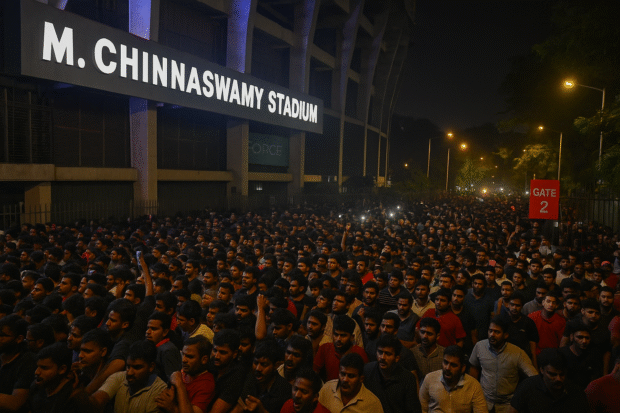

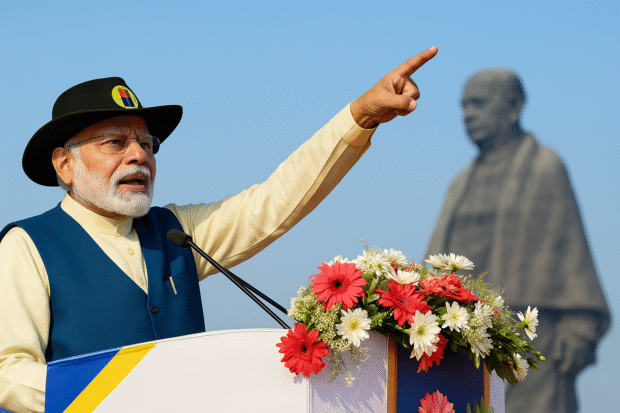
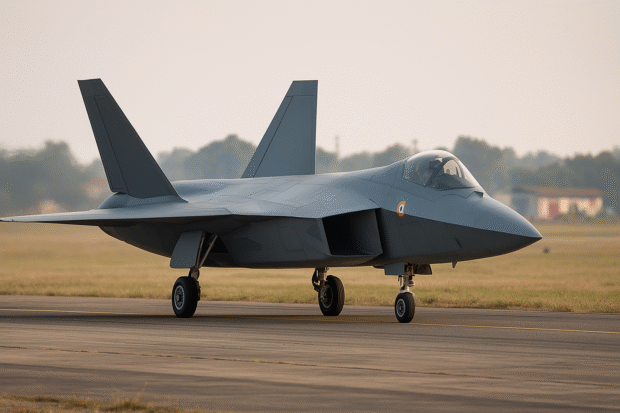
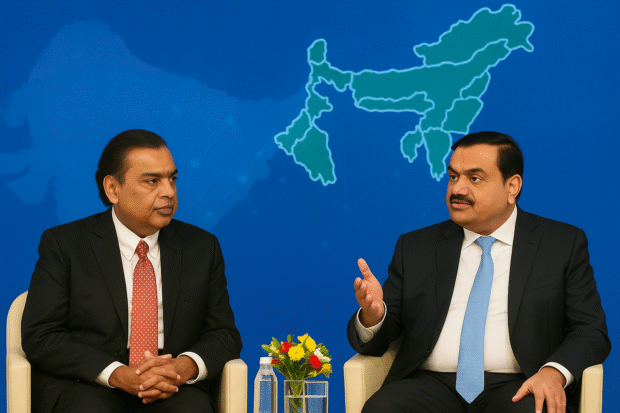





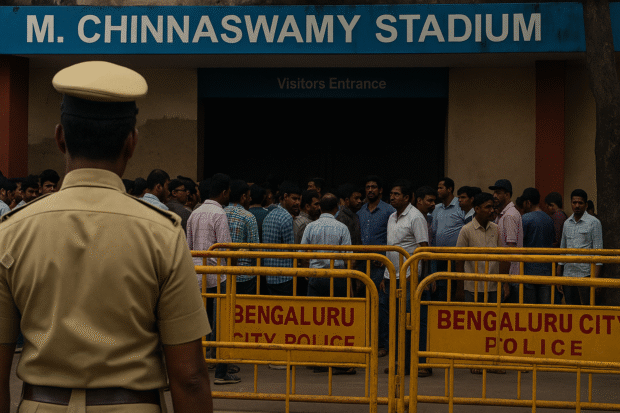

Be the first to leave a comment